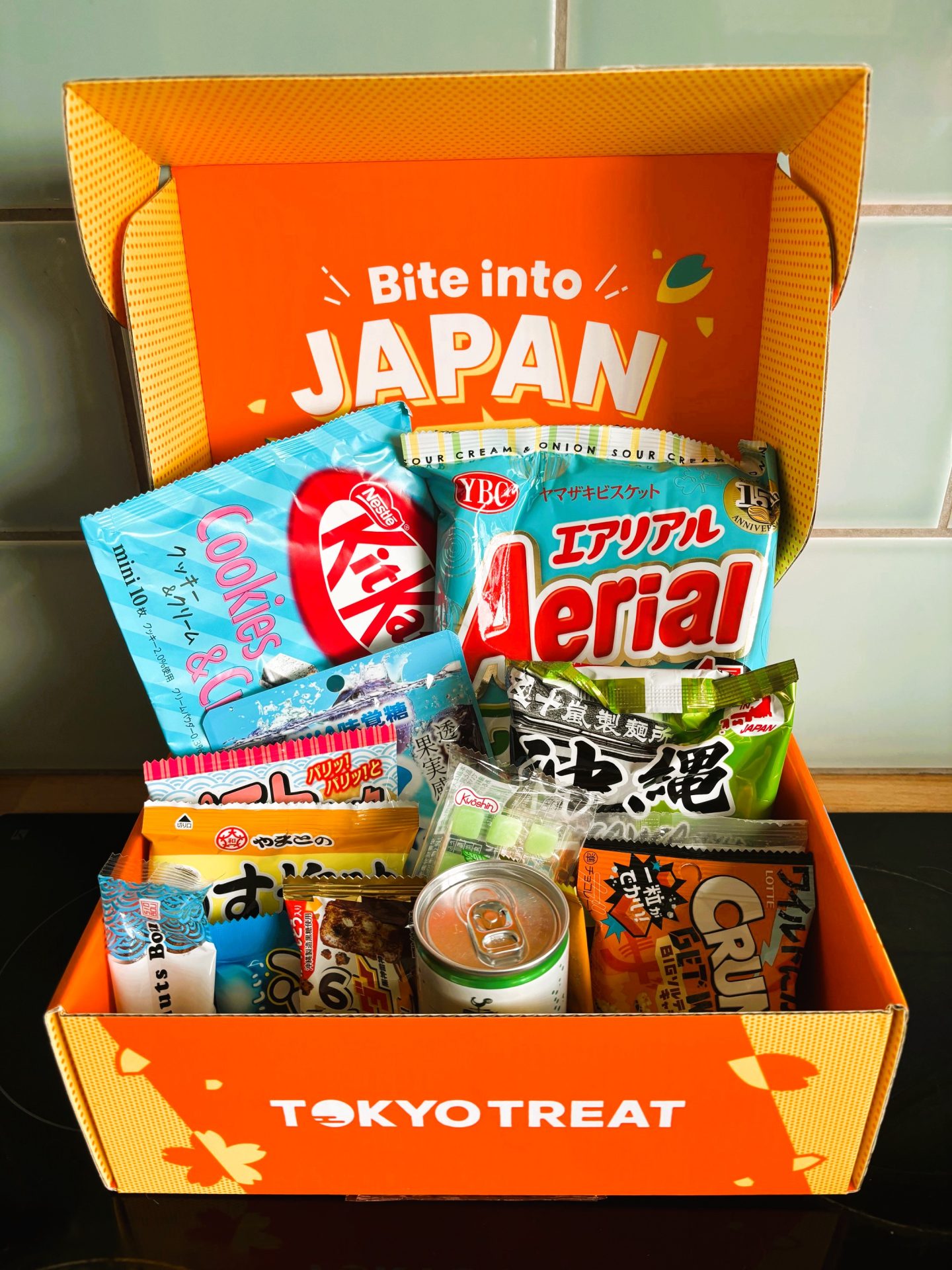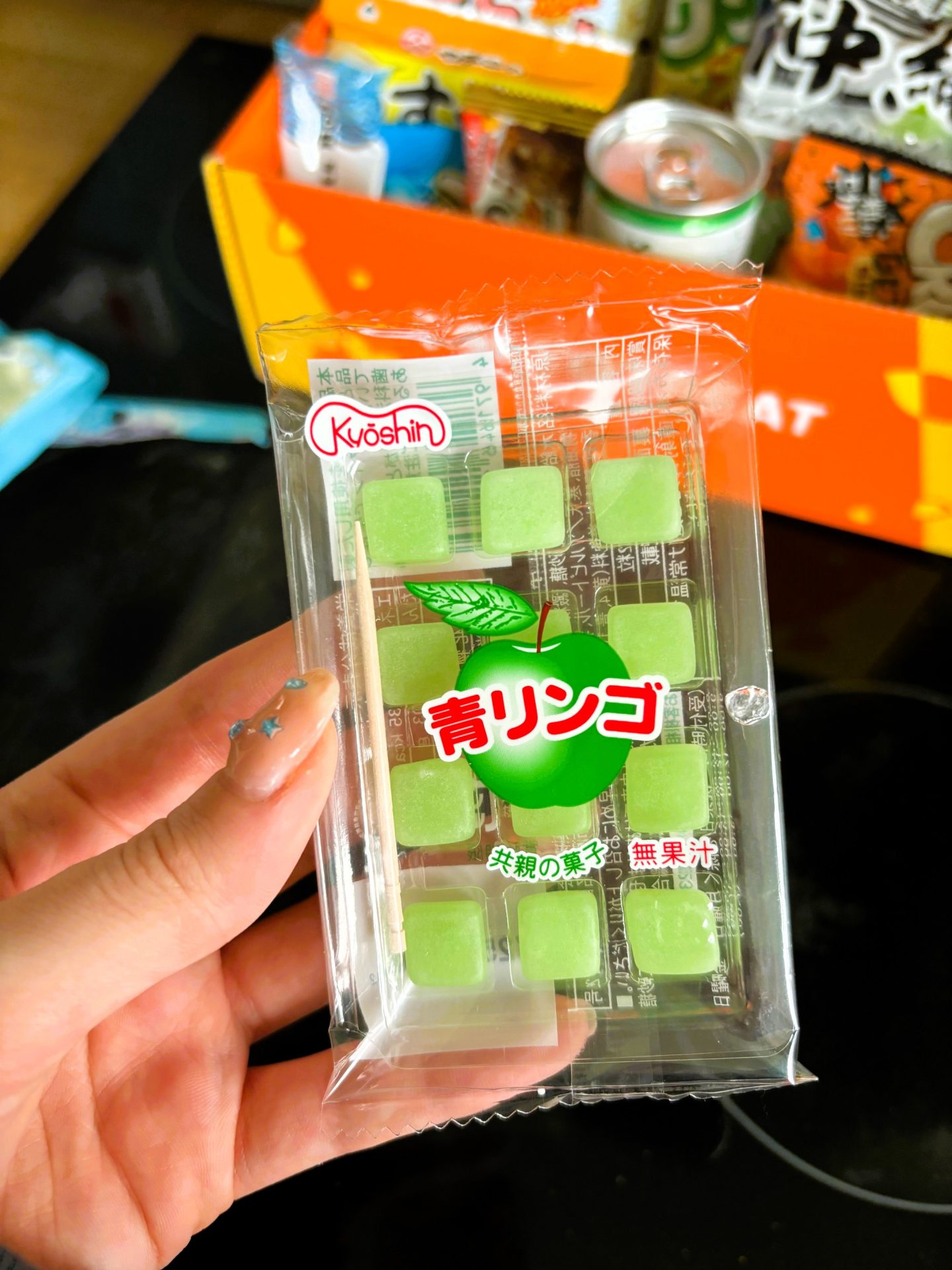Moving is undoubtedly one of life’s biggest stressors, especially when you have children in tow. Many parents worry about how the move will impact their kids’ daily lives, schooling, and friendships. But with careful planning and thoughtful strategies, it’s possible to turn what feels like chaos into an organized process.
By involving your children in every step—whether through creating a visual calendar or assigning them small packing tasks—they gain a sense of involvement and control. This guide draws on expert advice and practical tips, all meticulously crafted to offer you a comprehensive approach to moving with children. Starting with family schedule planning, you’ll find ways to maintain routines and reduce anxiety for everyone involved.
Making the moving process easier with children involves effective communication, involving them in the planning, and considering their emotional needs during the transition. Additionally, creating a sense of familiarity in the new home by setting up their rooms first can help ease the adjustment.

Family Schedule Planning Before The Move
Moving to a new home can be an overwhelming experience for families, especially for children according to top cross country moving company Three Movers. Establishing a clear and well-organized plan can significantly alleviate stress and provide a sense of stability during this period of change.
Creating a visual calendar can greatly aid in maintaining clarity and structure amidst the chaos of moving preparations. As you plot out key dates such as packing days, school transfer dates, and moving day itself, it’s important to involve your children in this process. Use colors, stickers, or symbols to distinguish various events, making it easier for children to understand the sequence of activities. By providing this visual reference point, you’re helping them comprehend what to expect in the upcoming weeks, effectively reducing any anxiety or uncertainty they may have about the transition.
Moreover, involving your children in the planning phase is crucial for nurturing their sense of belonging and control. Encourage open discussions about the move, explaining each step while acknowledging and addressing their thoughts and concerns. By including them in these deliberations, you empower them to express their emotions and apprehensions freely, allowing you to offer comfort and reassurance. This builds a foundation of trust and transparency, fostering a sense of involvement and understanding among all family members.
For instance, when discussing school transfer dates with your children, share with them details about their new school, potential extracurricular activities, and social opportunities. This insight not only enables them to visualize their life beyond the move but also instills confidence in approaching new experiences.
Consistent routines play a pivotal role in sustaining a sense of normalcy amidst the impending changes. As much as possible, strive to maintain regular meal times, play activities, reading moments, and bedtime routines. These familiar patterns serve as grounding mechanisms that offer comfort and security during times of instability.
By meticulously planning the family’s schedule before the move, you are laying the groundwork for a more seamless transition. Engaging children in discussions about the move while maintaining consistent routines instills a sense of control and stability amidst the upheaval of relocation.
As we dive into preparations for the move itself, let’s examine how to organize and pack with your kids’ needs at the forefront of your strategy.
Organize and Pack with Kids in Mind
Packing for a move can be overwhelming, especially when you have little ones to consider. Engaging them in the process and keeping their necessities accessible can make the transition smoother for everyone involved.
One way to involve your kids in the packing process is by color-coding the moving boxes designated for each child. By assigning different colors to each child’s belongings, you can make organization and unpacking easier. Imagine how fun it would be when they see their favorite color on all the boxes that belong to them. Let them choose their own sticker or marker color, so they feel included and excited about the upcoming move.
This method not only simplifies the task of sorting and packing but also makes for an entertaining and engaging activity for your kids. In addition, it provides a sense of ownership over their belongings during this time of change and keeps them involved in the moving process.
Let’s say your eldest loves the color blue, while your youngest adores purple. Assign a dedicated color to each child, and then label each box with their chosen color – blue markers for one child, purple stickers for another. This way, when you arrive at your new home, they’ll be easily able to spot their belongings amidst all the packed boxes.
Another essential tip is creating a moving checklist tailored to your children’s ages. Involving children in the moving checklist can help them feel more responsible and included during the transition.
For younger kids, tasks might include sorting out their toys or deciding which ones to donate or pack. Middle-school aged kids might assist in labeling their boxes and deciding on what toys or items they want to keep easily accessible during the move. Older teenagers could be given more responsibility, such as helping to pack some of their belongings.
Draft a moving checklist that includes age-appropriate tasks for your children. This can involve sorting their toys, labeling their boxes, or even helping to pack.
In doing so, you’re allowing them a degree of control over their own things while also teaching them valuable organizational skills that will serve them well into adulthood.
Imagine giving your 10-year-old a sense of purpose by asking them to decide which books or games they’d like to bring along in the car with them during the move. This act of agency fosters independence while ensuring that they feel heard and understood during this pivotal moment of change.
Lastly, when it comes to packing up your home, make sure to prioritize packing essentials last. This means ensuring that bedtime favorites, comforting items, and beloved toys are easily accessible until moving day.
Favorites should be packed last – this way these items are the first to be unpacked and provide immediate comfort.
Think about how much it could mean for your child to have their special blanket or teddy bear with them on moving day, assuring them that no matter where they are, these comforting items stay close by.
By involving your children in these packing methods, not only do you lighten your load as a parent but also give them a sense of control and stability amidst this significant change.
Moving is an intricate dance between old and new—a delicate balance that weaves familiarity into an unknown tapestry. As we prepare to dive into strategies for comfort during this elaborate waltz of transition, let’s now shift our focus toward “Ensuring Comfort During the Move”.
Ensuring Comfort During the Move
Moving can be an exhausting adventure for children, especially if it involves a long drive or extended periods of travel. To ensure the journey is as pleasant as possible, consider how to keep them comfortable and entertained along the way.
Plan Regular Breaks
Long drives can be tiring and stressful for anyone, particularly kids. Everyone needs to stretch their legs, get fresh air, and take bathroom breaks. Scheduling regular stops at rest stops or parks will give your children a chance to run around, play, and expend energy—transforming the journey into an enjoyable road trip rather than a grueling trek from one location to another.
Snacks and Entertainment
Prepare a bag with nutritious snacks like fruits, nuts, and granola bars to stave off hunger during the trip. Additionally, bring entertaining activities such as coloring books, tablets with pre-downloaded games or movies, and travel-friendly games. By having a variety of options on hand, you’re ensuring your children stay engaged and entertained throughout the journey.
Parents often find that having a few surprises tucked away in the travel bag—small toys, stickers, or new books—can be particularly useful in capturing children’s attention when needed.
Comfortable Clothing
Dress your children in comfortable clothing suitable for the weather and the type of move. Layers are an excellent option since they can be easily added or removed based on temperature changes. Ensure their clothing allows them to sit for long stretches without feeling constricted.
Whether it’s a short distance move or a longer trip, taking these small steps to create a comfortable environment for your children during the move is an investment in everyone’s well-being throughout the entire moving process.
Prepare a “Comfort Kit” for Kids

Moving can be tough on kids. They might feel sad, nervous, or just plain overwhelmed. One way to help ease their worries is to create a special kit just for them. It’s like a mini treasure chest filled with things that make them feel happy and safe. Let’s take a look at how to put together the perfect “comfort kit” for your child.
Personalize the Kit
When putting the comfort kit together, think about what makes your child smile. Include their favorite snacks, a small toy they love, and something that reminds them of home—like a cozy blanket or a stuffed animal they’re attached to. This is the time to show extra empathy and include something that truly means the world to them.
Personalization is key here. Each child is different, so it’s important to customize each kit to reflect their unique likes and needs. For example, if your child adores superheroes, perhaps consider adding a superhero-themed item. By tailoring the kit to their individual tastes, you’ll ensure it makes them feel at home even in an unfamiliar place.
Include New Items
It’s always exciting to have something new to play with! Including fresh items in the kit can pique their interest and curiosity, diverting their attention from the stress of moving. Think about adding new activity books or a small toy they’ve never seen before—something that will bring a sense of novelty and excitement.
For instance, including a new coloring book or a set of crayons can capture their focus and provide an enjoyable distraction during the move. This not only keeps them entertained but also helps shift their attention away from the unfamiliarity of the situation.
First-Night Essentials
The first night in a new home can be both thrilling and unnerving for children. Ensure you pack essentials for this first night, such as pajamas, toothbrush, and their favorite bedtime story. Having these familiar items readily accessible can make the first night feel more comfortable and reassuring.
Imagine how comforting it will be for your child to change into familiar pajamas and read a beloved book before bed in their new room. By providing these familiar routines and belongings from the get-go, you’re helping them establish a sense of stability within this new environment.
A well-prepared “comfort kit” tailored specifically for your child can go a long way in alleviating their anxieties about the move and creating a sense of familiarity amidst change.
Research the New Area
Moving to a new area can be a significant change, especially for children. It’s crucial to take some time and explore your new neighborhood and city so that you can help your kids get familiar with their new surroundings. Let’s talk about some key points to consider.
Schools and Daycare
If your child attends school or daycare, finding the right one in the new area is essential. Start by researching schools or daycares in advance and checking out their reviews or ratings. Arrange tours if possible so you can get a feel for the atmosphere and ask any questions you may have about enrollment or curriculum. This will help you make an informed decision about where your child will spend their days.
Contacting the school or daycare and gathering information early will give you peace of mind knowing that your child’s educational needs are taken care of, allowing them to settle into their new routine without added stress.
Nearby Parks and Playgrounds
Familiarizing yourself with nearby parks, playgrounds, and other kid-friendly places is another important step. After all the hustle and bustle of moving, these locations will provide a great opportunity for outings that allow your kids to unwind and have fun.
Perhaps take some time to explore these places before moving day. You could make it an adventure with your kids—finding all the best spots near your new home.
Community Resources
In addition to schools and recreational areas, it’s valuable to seek out local libraries, community centers, and connect with online community groups. These resources can provide a wealth of information about family-friendly activities, local events, and ongoing programs.
Joining community groups or reaching out to neighbors for recommendations can also help ease the transition for your kids by introducing them to potential friends and activities.
By taking the time to research these aspects of your new area, you can lay the groundwork for a smoother transition for both yourself and your children. Familiarizing yourself with these resources allows you to provide your family with information about opportunities for both education and play in their new hometown.
Finding Friends & Activities for Kids involves steps that take further consideration of your child’s social well-being while adjusting to the new environment.
Finding Friends & Activities for Kids
Finding friends and keeping your children engaged with activities in a new place is crucial for helping them adjust to their new environment. It can be a little overwhelming for kids to adapt to a new area, but with the right support from parents, they can thrive.
One of the best ways to help your child acclimate is through joining local clubs or sports teams. By enrolling them in activities such as soccer, dance, or arts and crafts classes, they can meet other children with similar interests and build friendships. Encouraging your children to pursue their hobbies not only helps them make friends but also gives them something they enjoy doing outside of school.
Participating in local events like festivals, fairs, or community picnics provides an excellent opportunity for your kids to meet other children and socialize with families. These events create a relaxed atmosphere that can alleviate any feelings of unease about being in a new place, as everyone is there to have a good time.
Moreover, arranging playdates should be high on your priority list. Coordinating playdates with children in the neighborhood or classmates helps foster connections early on. A familiar face in the neighborhood can work wonders for making the transition smoother for your child. It gives them someone to lean on and confide in during this significant change.
For instance, when my family moved last year, we made sure to attend the town’s annual fall festival. My daughter was able to interact with kids her age while we connected with other parents. This simple step opened doors for meaningful connections and helped my daughter feel more at home in our new neighborhood.
The key is ensuring that your children have opportunities to engage with others and form connections that will help ground them in their new surroundings. By proactively seeking out clubs, events, and playdate opportunities, you are providing essential support for your children during this transitional time.
As crucial as it is to help children make friends and settle into a routine after moving, it’s equally important to aid them in adjusting to their new home. Let’s now explore expert tips and strategies for achieving a smooth transition during this phase.
Settling In to the New Home

Moving to a new home can be an overwhelming experience for kids, which is why it’s essential to make the transition as smooth as possible. One way to do this is by ensuring that their personal spaces are set up first.
Set Up Kids’ Rooms First
Setting up your children’s rooms should be a top priority when moving into a new home. Their rooms are their safe spaces, and having those areas set up first can provide comfort and familiarity, making the overall transition feel less daunting. It’s vital to consider including their favorite items such as toys, bedding, and familiar belongings to create a sense of continuity from the old home to the new one.
This can help children feel more secure, especially during a time of great change.
When everything else feels new and unfamiliar, having their rooms set up with familiar items can act as an anchor, helping them feel grounded and secure. Plus, involving them in setting up their rooms gives them a chance to express themselves and have some control over their space in the new home.
Explore the Home Together
Taking your kids on a “house tour” is an excellent way to help them become more familiar with the new environment. Show them around the house, allowing them to participate in choosing spots for their belongings. This not only helps them feel more comfortable but also creates a sense of involvement in the move, making it feel more like an adventure than an upheaval.
Encouraging children to explore their new home right from the start helps in breaking down feelings of novelty and strangeness while fostering a sense of belonging and ownership as they become acquainted with each room, corner, and nook of their new living space.
Establish New Routines
Change can be unsettling for kids, so establishing new routines early on can provide much-needed stability and a sense of normalcy. Consistent mealtime and bedtime routines are particularly important as they provide predictable touchstones amid all the changes happening around them.
Just like having their rooms set up first, establishing routines can help children feel more at ease and provide a comforting sense of structure.
Consistent mealtime and bedtime routines can help children adjust to their new environment.
By focusing on setting up your kids’ rooms first, exploring the new house together, and establishing new routines, you’re not just settling into a new home – you’re creating a nurturing environment that supports your children’s emotional well-being during this momentous change.
Supporting your children through this transition will lay down the foundation for positive memories and lasting comfort in your new home. It’s these little gestures that often make the biggest difference in helping children adapt to change.














